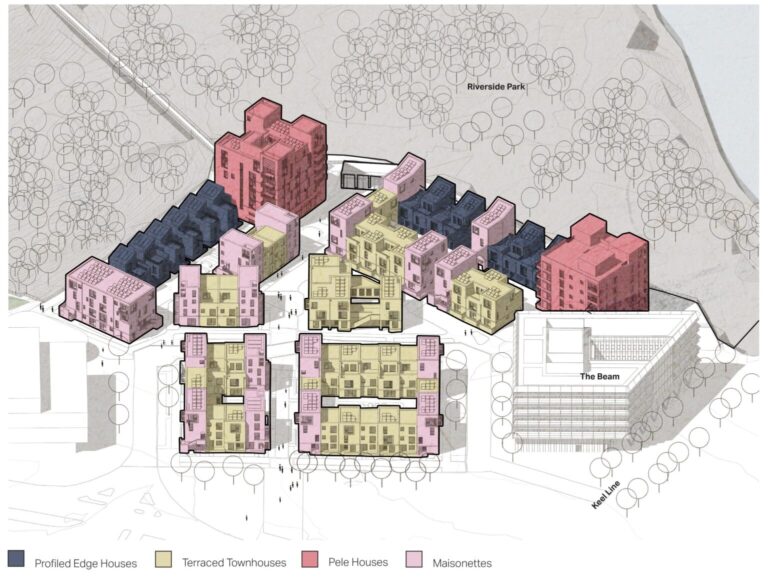Building With Nature in Urban Design
The National Planning Policy Framework (NPPF) recognises at Chapter 15 the importance of protecting and enhancing the natural environment and, where possible, the need for developments to secure net a net gain in biodiversity (Department for Levelling Up, Housing and Communities, 2023). Additionally, the NPPF recognises the significant role of green infrastructure in urban planning and design, and particularly its implementation to address the increasing climate emergency. One approach to enhancing the UKs Green Infrastructure Network is through Building with Nature (BwN). But what does it mean?
What is Building with Nature?
BwN is the UK’s first green infrastructure benchmark, providing a framework and associated standards to develop a design-based approach for placemakers to address climate resilience (Building with Nature Partnership, 2022). The standards, which are set out below at Figure 1, combine policy guidance and best practice guidance to assist professionals with designing and implementing the delivery of successful green-infrastructure networks.

Figure 1 – Building with Nature Standards, Drawn by Author (2024)
Building with Nature and Mental Health
In addition to the array of benefits BwN introduces for the natural environment, incorporation of green infrastructure and biodiversity in the urban environment has a range of positive impacts on human wellbeing. Aerts et al. explore the effects of residential green space on adult mental health, concluding that exposure to green environments is considered to be beneficial to well-being and therefore vital to maintain, conserve and enhance in our urban environments.
Best Practice Example – Vaux Riverside, Sunderland
Vaux Riverside, Sunderland, developed by Mawson Kerr in association with Sunderland City Council and igloo, was awarded a full Building with Nature Award in 2022, meaning it meets each of the twelve BwN standards and delivers high-quality green infrastructure at different stages (Building with Nature Partnership, no date).

Figure 2 – Imagined perspective of public space within the development (Mawson Kerr, no date)
The development comprises the construction of over 130 new residential properties, commercial spaces, public spaces and pedestrian routes alongside green infrastructure.

Figure 3 – Image depicting some of the different housing types within the development(Mawson Kerr, no date)
Despite providing high-density mixed-use clusters, adopting BwN standards through design and landscaping ensures the development positively responds to the climate emergency.
Conclusion
The above case study sets out how BwN standards can be incorporated into a high-density residential development to successfully integrate green infrastructure with the built environment. As placemakers strive to address the climate emergency and successfully incorporate green infrastructure into developments, Building with Nature should be considered at the forefront of good urban design.
References
Aerts, R., et al. (2022) ‘Residential Green Space and Mental health-related Prescription Medication sales: an Ecological Study in Belgium’, Environmental Research, 211, p. 113056. Available at: https://doi.org/10.1016/j.envres.2022.113056
Building with Nature Partnership (2022) Building with Nature Standards Framework 2.0
Building with Nature Partnership (no date) Vaux Riverside, Sunderland, Building with Nature. Available at: https://www.buildingwithnature.org.uk/case-studies-7
Department for Levelling Up, Housing and Communities (2023) National Planning Policy Framework
Mawson Kerr (no date) Vaux Housing Riverside Sunderland, MawsonKerr. Available at: https://mawsonkerr.co.uk/projects/vaux-housing-sunderland/ (Accessed: 19 May 2024)


